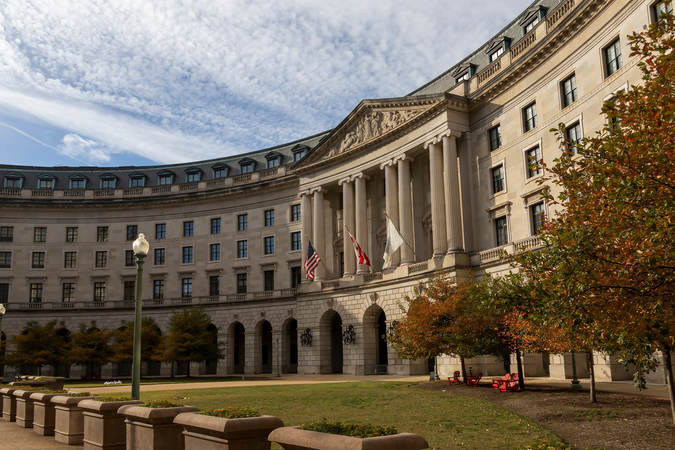Climate Change and Outdoor Recreation Resources
DownloadAmericans who like to play outdoors may soon find that climate change-induced warming trends around the nation will put some of their favorite recreational retreats in jeopardy—from trout streams to waterfowl preserves, from ski areas to mountain biking trails, and from beaches to forested parkland.
"Climate impacts on natural resources are pervasive," write Daniel Morris and Margaret Walls in a background paper entitled, "Climate Change and Outdoor Recreation Resources". Their paper highlights the stresses climate change will put on water resources, which could result in reduced mountain snowpack levels, increased drought conditions across public lands, decreased waterflows into streams, reservoirs, and wetlands, and forests weakened against fire and insect infestations.
Walls, a senior fellow at RFF, and Morris, an RFF research assistant, included a number of possible scenarios, among them:
Snowpack — Extended warm seasons may result in more rainfall than snow, which would reduce skiing and snowboarding opportunities, particularly in comparatively warmer areas in California, Nevada, Arizona, and New Mexico.
Fresh waterways — Reduced snowpack and more rain in winter months would mean an earlier spring runoff into streams and reservoirs. That could mean less fresh water flowing in the summer months, when sportfishing and boating are most popular. Fishing depends on water temperature, streamflow levels, and ecological quality, while boating is more sensitive to lake, reservoir, and stream levels.
Noncoastal wetlands — Stretching across 216 million acres of the northern plains and Canada, these wetlands are rich sources of many species of ducks and other waterfowl. By one estimate, lower water levels due to climate change in the Upper Great Lakes could reduce regional duck populations by nearly 40 percent in the area.
Beaches — Rising sea levels over time could reduce the size of beachfront recreation areas, national seashores, and coastal waterways, the authors find. A full 85 percent of tourism-related revenues in the United States are generated by coastal states.
Forests and Parks — Tree cover, particularly in the western United States, is already feeling the impact of climate change, particularly as a result of drought. Insects have decimated millions of acres of evergreens in the Rocky Mountain region, and dryness has fueled damaging wildfires. Tree dieoffs also resulted in closures of campgrounds, trails, and picnic areas in public parks.
What is clear, the authors conclude, is that impacts from climate change will vary among such leisure pursuits as skiing, camping, boating, fishing and hunting, outdoor sports such as golf, and wildlife viewing. That prospect may require more assertive efforts by public officials to adapt policies that will help preserve outdoor recreation areas.
"Longer and warmer summers are expected to increase the demand for outdoor recreation, from hiking, fishing, hunting, and camping to simple beach visits," the authors write. "This makes it all the more important that government policy at all levels develop climate adaptation programs and funding."
###
This publication is part of the Outdoor Resources Review Group (ORRG) project. The Outdoor Resources Review Group is a private bipartisan panel reviewing conservation, outdoor recreation and related issues in light of changes in the needs of the American public and the resources available to meet those needs.





